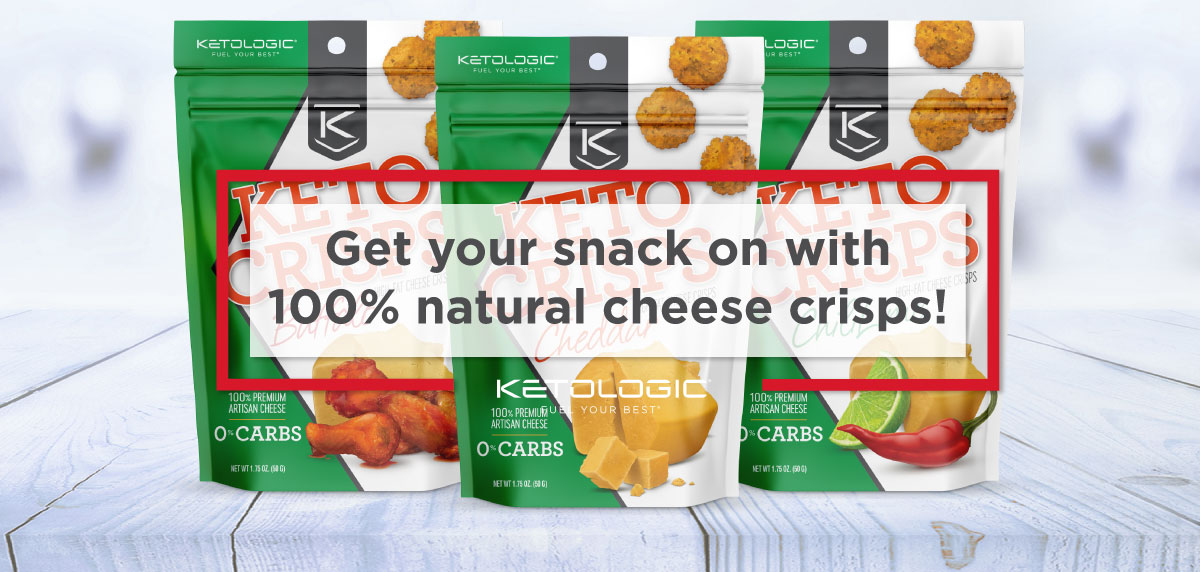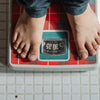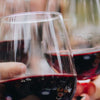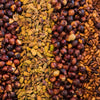The 10 Most Common Mistakes on the Keto Diet

Or maybe you did lose weight initially on keto, but you've plateaued.
Here are the top mistakes people make when starting the ketogenic diet and potential reasons you may be seeing less than stellar results.
10 Common Keto Diet Mistakes Causing You to Stall
1. Not Eating Enough Fat
The keto diet isn’t just low-carb, it’s high-fat. 75% of the calories you eat should come from healthy fats, 20% from protein, and 5% from carbs. Fat is satiating, so if you’re eating the right amount, you’ll minimize carb cravings, helping you stay in ketosis and promoting body fat burn.2. Eating Too Much Protein
One of the most common mistakes for those just starting the keto diet is eating too much protein. Excess protein is converted by the body into glucose in a process called gluconeogenesis.It's a natural process by which the body will convert energy from proteins and fats into glucose when glucose is not readily available. In a low-carb or ketogenic diet, gluconeogenesis will occur at varying rates to maintain body function. Our bodies don’t need tons of carbs (like most diets provide), but we do need glucose.
You could eat a no-carb diet and through gluconeogenesis, your body would convert other substrates into glucose for fuel. This is why carbs make up five percent of your keto macros. In fact, some parts of the body need carbs to survive, such as red blood cells and kidney medulla (the inner part of the kidney). Through gluconeogenesis, the body creates and can store extra glucose as glycogen in case its supply becomes too low.
In most diets, where carbs are readily available, gluconeogenesis occurs at a slow rate, since the need for extra glucose is very low. The body runs on glucose and stores excess carbs and protein as fat. Conversely, on the keto diet, the body runs on healthy fats and stores excess carbs and protein as glycogen to be used for muscle recovery or to support the parts of the body which need a steady supply of carbs.
It takes time for your body to switch from running on glucose to running on fat. Once in ketosis, your body uses fat as its main fuel source and begins to store excess protein as glycogen. Eating a little extra protein here and there won’t be an issue as your body uses it only as a way of replenishing its glycogen stores. However, when first starting keto, your body burns any extra glucose made through gluconeogenesis, instead of burning fat for fuel. This may slow the time it takes to get into ketosis, or prevent ketosis altogether.
A ketogenic diet isn’t a low-carb, high-protein way of eating. As we mentioned earlier, fat needs to be your primary fuel source and that means finding pure-fat sources that don’t include protein -- such as butter or healthy oils -- to add into your meals. In other words, don’t exclusively rely on eating fattier meats to achieve your fat macro goals.
3. Eating Too Many Calories
You might hear people say you can eat as much as you want on keto, as long as it’s high fat. Although we wish that were true, it’s misleading. Healthy fats should make up the bulk of your diet (75% of your calories), but if you take in more calories than you burn, you’ll only gain weight, no matter what you eat, since excess calories are stored as body fat. The average adult needs about 2,000 calories a day, but that varies based on a number of factors, including, gender, height, and activity.Use this chart to learn what your caloric intake should be.
4. Not Drinking Enough Water
Water is crucial to everything your body does, including burning body fat. If you’re not drinking enough water, your metabolism will slow, halting weight loss. Drinking at least 64 ounces of water each day helps your body circulate nutrients, flush out toxins, and burn fat. When you’re starting out the ketogenic diet, you may need to drink even more water because your body sheds water when you start consuming fewer carbs.5. Not Replenishing Your Electrolytes
Many people experience flu-like symptoms (known as the keto flu) when first starting the keto diet. This can happen for two reasons: (1) As your body switches from carb-burning to fat-burning mode, your brain may run low on energy, leading to nausea, headaches, and grogginess. (2) You’re dehydrated and low on electrolytes because the keto diet causes you to urinate more frequently.The keto flu is a good sign you’re headed in the right direction. You can minimize the symptoms by drinking more water, and taking supplements to balance your electrolytes. A supplement that may help reduce the symptoms associated with the keto flu while helping you get into ketosis is KetoLogic BHB. It’s a mixture of sodium, potassium, and magnesium – specially formulated to balance your electrolytes, provide hydration, give you an energy boost, and boost ketone production to enhance ketosis and weight loss.
6. Eating Too Much Dairy
For some people, dairy can be pro-inflammatory and prevent them from losing weight. Additionally, as stated before, if protein levels are too high, this can halt weight loss. Dairy is a combination food: it has fat, protein, and carbs (from the naturally occurring milk sugar, lactose).So, if you’re eating cheese all day as a “keto-friendly snack” for its fat content, you’re also getting a hefty dose of protein and carbs along with that fat. Most people can tolerate dairy just fine on a ketogenic diet, but moderation is the key. Stick to no more than 1-2 ounces of cheese (and factor in protein content) or cream per meal.
7. Eating Too Many Keto Sweets
Net carbs = Total carbs - Fiber - Sugar AlcoholsSome people think it’s okay to indulge in keto cookies and keto brownies full of sugar substitutes because the net carb amount is low, but (1) you’re still consuming lots of calories, and (2) constantly eating sweet foods may increase your cravings for carbs. While keto sweets are great occasionally, they shouldn’t be a staple in your diet.
8. Snacking Too Much
There are tons of great snacks you can enjoy on the keto diet, such as seeds, cheese, avocado, and nuts. However, snacking can be an easy way to sneak excess calories into your diet while also giving your body an easier fuel source to burn over body fat. Snacks should only be used if you have excessive hunger between meals; otherwise, allow your body to turn to stored fat for fuel between meals rather than dietary fat.9. Eating Hidden Carbs Without Realizing It
There are lots of foods which appear to be low-carb, but aren’t. Hidden carbs can be found in condiments, sauces, and salad dressings (tomato sauce, ketchup, and Thousand Island dressing are good examples). Always check the nutrition information before trying a new food, just in case it has hidden carbs or sugar. It only takes a second to skim the label, and it can be the difference between losing weight or not.10. Not Sleeping Enough
Getting enough sleep is crucial to weight loss. Without adequate sleep, your body feels under stress which will result in a less effective metabolism and cause it to “hang on” to stored fat for support. Plus, when you’re tired, you’re more tempted to lean on a latte for energy, eat an extra snack to keep you going, or order takeout for a faster, but less healthy, meal. Aim for seven to nine hours of sleep a night, and know that your body is using that time to burn fat without you doing a thing.Still Having Problems?
If you've ruled out all of the above but your weight still isn't budging, we recommend seeing a doctor to rule out health issues that may be preventing weight loss. While this can be frustrating, stay positive, stick with it, and play the long game. Done correctly, the ketogenic diet is one of the most effective ways to lose weight.
***

References
https://apple.news/AxSUSSAntQ2OkY7mtX_KTkg
https://whatsgood.vitaminshoppe.com/keto-mistakes/
https://missfitliving.com/keto-mistakes/
https://www.webmd.com/diet/sleep-and-weight-loss#2
https://www.livestrong.com/article/497274-does-water-help-to-burn-fat/
https://www.webmd.com/diet/features/estimated-calorie-requirement
-
Posted in
Authority Article, Keto Mistakes, Keto Side Effects, Nutrition, Nutrition Article, Starting Keto, Weight Loss




